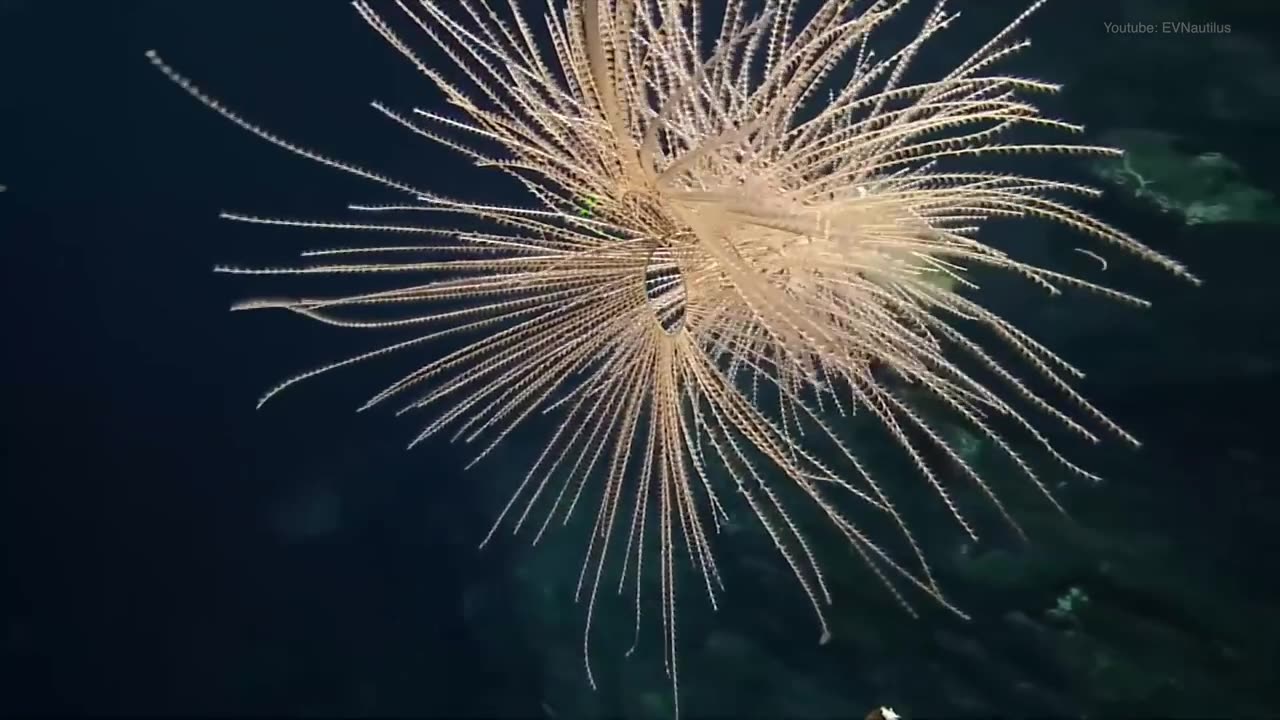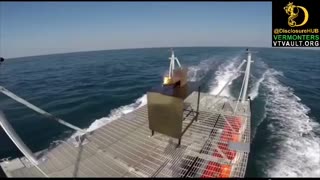Premium Only Content

Deep Sea Gigantism Explained
Deep Sea Gigantism (abyssal gigantism) is defined as the the tendency for deep-sea animals to grow to much larger sizes than their shallow water relatives.
Biologists still aren’t certain why it is that some abyssal creatures grow to these immense sizes, for we have still only scratched the surface of discovery in the deep. But there are many theories, which may help to shed light on this mystery of the oceanic deep.
A brilliant example to show that deep sea fauna does indeed follow this rule, is the mollusk group, gastropods, which includes slugs and snails. In the deep, many species that are near symmetrical to shallower varieties, grow to be huge. The deep sea isopod belongs to a group that rarely grows larger than a few inches in the shadows, but down here they can grow to half a metre in length, and weigh approximately 1.7 kilograms. This variety, the giant isopod, is found in the deep, cold waters of the Pacific Ocean, the Atlantic Ocean, and the Arctic Ocean.
-
 4:58
4:58
TheMoreUKnow.net
2 years agoCIA - Dews Explained
391 -
 5:41
5:41
AmericanRepublic17
2 years agoPizzagate Explained
296 -
 9:27
9:27
digigod
2 years agoGovernment Explained
20 -
 4:22
4:22
Suiburr
2 years agoChatgpt Explained
12 -
 3:00
3:00
Fisher Of Men 2021
2 years agoLuke 8:45 Explained
481 -
 0:59
0:59
SMEGateKeepers
2 years agoTDS Syndrome EXPLAINED...
15 -
 2:18
2:18
The Ron Paul Liberty Report
2 years agoFTX Explained
1.37K9 -
 1:27
1:27
THE LIGHT IS THE TRUTH
2 years agoREPTILIAN AGENDA EXPLAINED.
3752 -
 2:28
2:28
LucaADobson
2 years agoSTDs Explained by a Gamer
62.5K -
 0:29
0:29
The_PORCH_Conversations
2 years agoLove explained | Bible version…
21